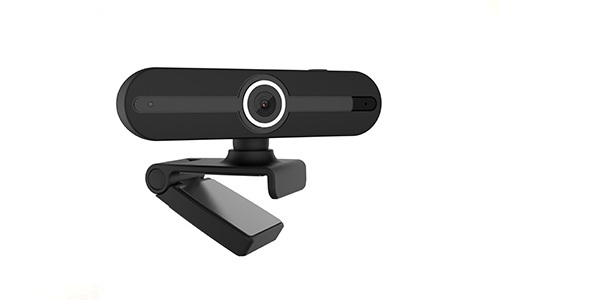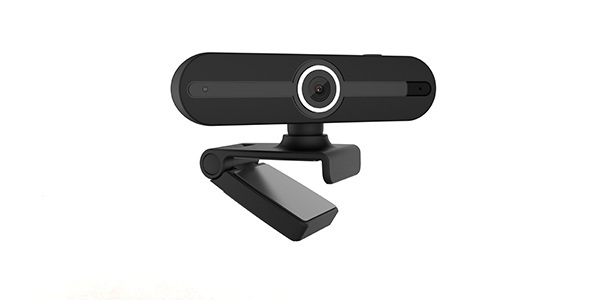How does an ultra-low illumination starlight camera achieve a color picture like daylight in the dark night
"Star light", "black light", "AI super low light", "Aurora", these concepts in the security industry seem to be more popular than the "low-light camera" itself.
Regardless of the marketing name, in the final analysis, they all use different methods to enable cameras to capture images that look more like daylight at night.
Low-light cameras can make up for the fatal shortcomings of the "night blindness" of the security surveillance industry and become one of the hottest technological breakthroughs in the security circle. According to statistics, nearly 70% of crimes occur at night. If many places such as roads, warehouses, and the wild cannot be monitored at night, the personal and financial safety of cities and towns will only be in a shadow. The method of supplementary light shooting has long existed, but the problems of "light pollution", "energy waste", and "blind spots" have always been the pain points of night monitoring.
Since 2014, the newly born term "starlight" has almost become synonymous with "low illumination" in the security field. Since 2016, low illumination cameras have ushered in a stage of rapid development. It is not a strong wind and waves, but "new technology" has been used year after year. , The posture of "highlight technology" appeared in the most conspicuous position of the exhibition stand at the China Expo.
With security companies such as Hikvision, Dahua, Univision, Tiandiweiye, and Keda, the market demand for low-light surveillance cameras has been detonated. Many security companies and communication players have followed up. They not only carve up many fragmented markets, but also use artificial intelligence to show specific solutions.
What is the magic of "starlight", "black light" and other low-light camera technologies? In the five years of steady development of low-light technology, how did Hai Dayu and other security giants and many security leaders stir up this market? In 2019, what does the low-light camera closely integrated with artificial intelligence bring to the security industry?
1. From "Starlight" to many variant technologies, to make up for the shortcomings of the security eye
For a long time, the "Eye of Security" cameras have had the fatal shortcomings of "night blindness". According to statistics, nearly 70% of crimes occur at night. From 7 pm to 5 am the next day is a period of high incidence of crimes. The night image quality of cameras has become a shortcoming in the development of security big data.
Starlight cameras came into being. In the usual sense, a starlight camera usually refers to a camera that can display clear color images in a low-light environment with almost only starlight and without any auxiliary light sources. The so-called starlight level illuminance is about 0.01 Lux to 0.001 Lux, and the illuminance on a sunny and moonlit night is about 0.1 to 0.01 Lux.
Similarly, "super starlight" and "black light" reduce the illuminance again. Generally speaking, when the illuminance is below 0.001 Lux, it is "super starlight", and when the illuminance is 0 Lux, it is "black light".
▲Comparison of the effect of low-light camera and ordinary camera
The concept of low-light cameras appeared as early as 1998, when foreign brands such as Samsung and Sanyo were the leaders.
In 2014, with the development of photosensitive components and other hardware, "star-level" security surveillance camera products appeared on the market. At this time, the protagonists have become local companies such as Hikvision, Dahua, Univision, and Tiandi Weiye. They have successively released their own 2-megapixel starlight camera products, and the road to the rehabilitation of "night blindness" for cameras has officially opened.
To put it simply, the "night vision" of starlight cameras is mainly optimized through multiple hardware dimensions such as lens, aperture, image sensor, and fill light. The lens and the aperture limit the light transmission and light penetration capabilities, respectively, and the image sensor uses the light sensitivity capability, and the fill light uses the fill light capability to support the camera's low illuminance capability.
related recommendation:
About Us
Shenzhen Yuzhuo Optoelectronics Co., Ltd. (abbreviated as Yuzhuo Optoelectronics), is mainly engaged in the R&D and manufacturing of camera module products and digital products...
Product Center
News Center
About Us
Phone: 0755-27055486
Address: 3rd Floor, Building B, Yangnan Bintou Industrial Park, Baoan District, Shenzhen, Guangdong Province
Email: kelley.liang@sz-yuzuo.com
Mr. Liang: 13713718648
Copyright © 2021 Shenzhen Yuzhuo Optoelectronic Devices Co., Ltd. 粤ICP备2021005270号 All rights reserved










